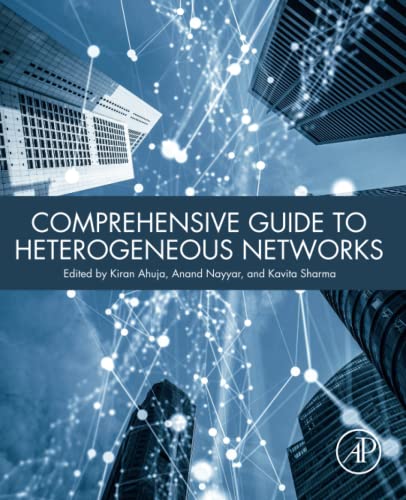

Most ebook files are in PDF format, so you can easily read them using various software such as Foxit Reader or directly on the Google Chrome browser.
Some ebook files are released by publishers in other formats such as .awz, .mobi, .epub, .fb2, etc. You may need to install specific software to read these formats on mobile/PC, such as Calibre.
Please read the tutorial at this link: https://ebookbell.com/faq
We offer FREE conversion to the popular formats you request; however, this may take some time. Therefore, right after payment, please email us, and we will try to provide the service as quickly as possible.
For some exceptional file formats or broken links (if any), please refrain from opening any disputes. Instead, email us first, and we will try to assist within a maximum of 6 hours.
EbookBell Team

4.0
66 reviewsComprehensive Guide to Heterogeneous Networksdiscusses the fundamental motivations behind this cutting-edge development, along with a brief discussion on the diverse definitions of HNs. The future of heterogeneous wireless networks (HWNs) is covered, including test cases, cost configuration, economic benefits and basic challenges. Other sections cover the topology management method in context of heterogeneous sensor nodes with diverse communication and sensing range. In addition, an outline of the pros and cons of the clustering criteria in HWSNs and taxonomy are summarized and provide futuristic research directions. Final sections discuss the future evolution of HNs and their implementations in diverse applications. This is an essential reference book for advanced students on courses in wireless communications, clinical engineering and networking. It will also be of interest to researchers, network planners, technical mangers and other professionals in these fields.